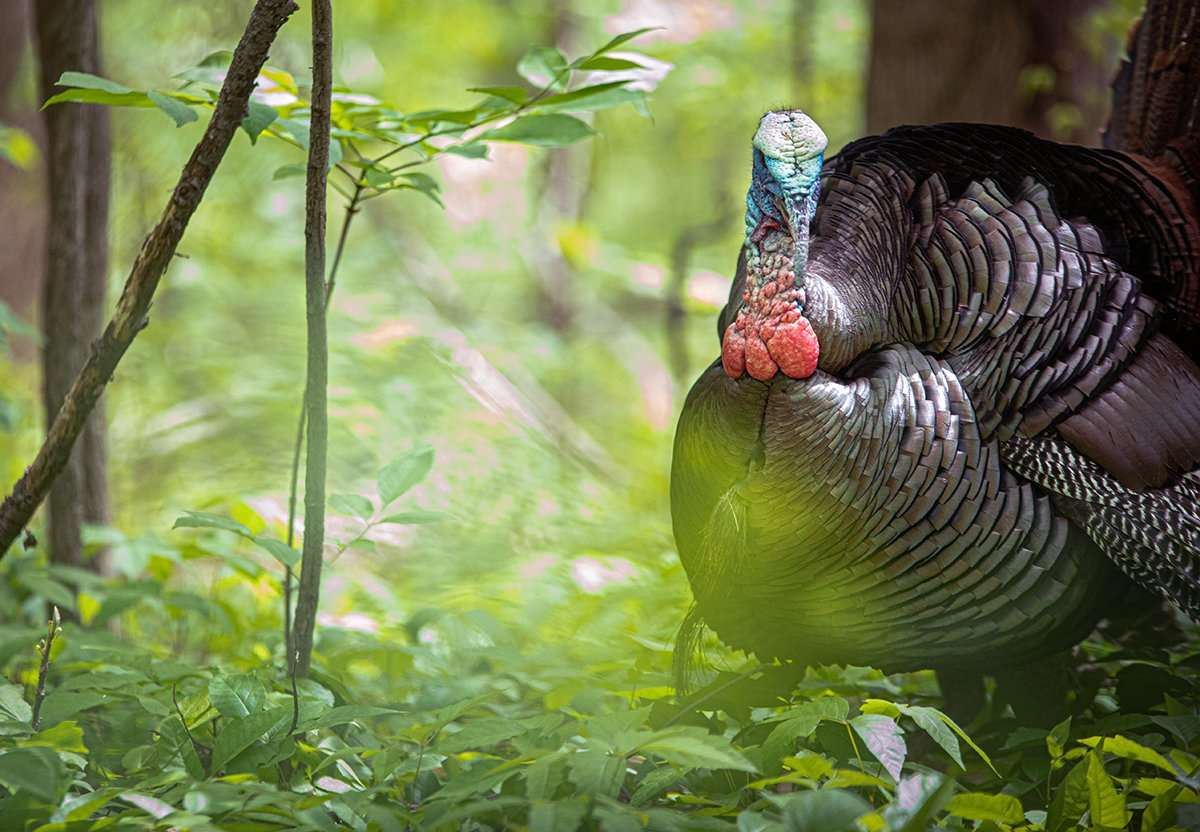Don’t just randomly start yelping and hope for the best. Follow a multi-dimensional strategy to lure gobblers to the gun

One morning, a turkey double-gobbles on a sun-splashed ridge. You sneak toward the bird, flop down beside the closest tree, pull out an arsenal of calls, and begin yelping like crazy. Man, you’re working that turkey now.
Or are you?
Actually, no, because there is a big difference between calling to a gobbler and working him. The caller moves in on a gobbler and tosses out a mother lode of clucks, yelps, cackles, and cutts. Sometimes, a few of those calls stick and a longbeard comes running, but I wouldn’t bet your 401(k) on it.
The working hunter has a plan. He sneaks toward a gobbling bird, reads the terrain, takes a sitrep, and then sets into motion a multi-dimensional strategy. Follow the plan and you’ll fill more tags.

Step 1: The Setup
I don’t care if you just won the Grand National Calling Championship. You won’t fool many gobblers if you sit and yelp at poor locations. The setup lays the foundation for working a turkey.
As you move in on a gobbling bird, and before you call to him, look for the perfect spot to sit. The goal is to make it natural and easy for a gobbler to work to your calls. Avoid overly thick ridges or bottoms. Circle around and set up against a wide tree where a gobbler can strut to your calls through an open chute in the brush or woods. If a turkey gobbles on the other side of a creek or fence that might hang him up, maneuver and get on the same side of the obstacle with him before you sit and yelp.
It’s easier to call a turkey uphill rather than down. Sneak above a bird, or call to him from the same elevational plane. Whenever possible, select a tree that sits slightly above an open flat or bottom where you think a strutter might eventually commit. Gaining just a few extra feet of elevation increases your visibility as you call to a bird and watch for him working in.










